Local confidence, global headwinds: an in-depth look at the TNQ economy
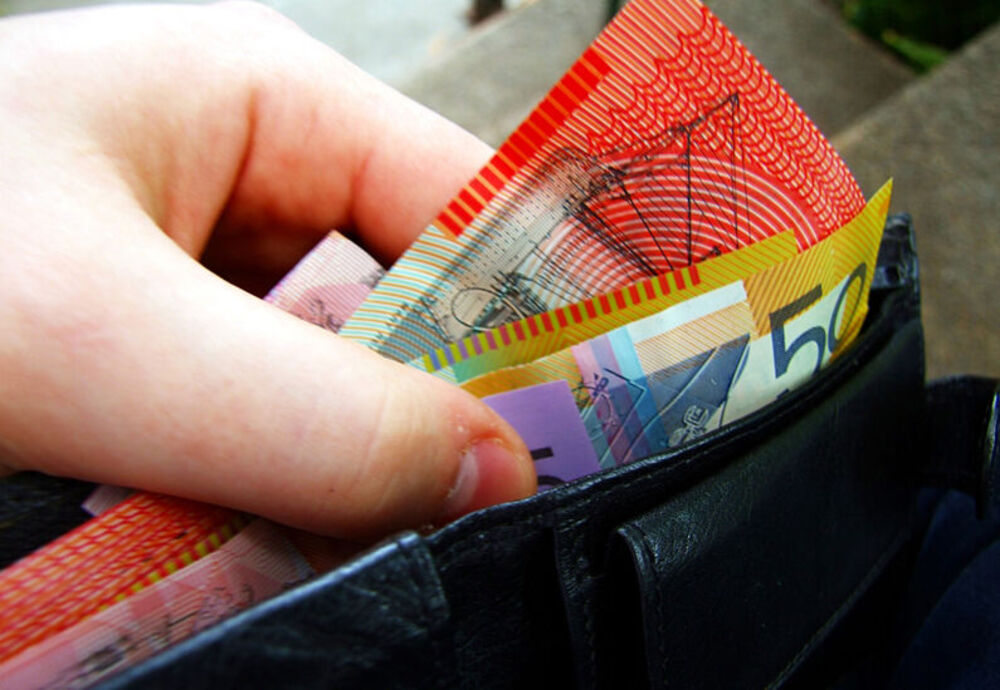
Cairns presently enjoys a tailwind of favourable economic opportunity through low Australian interest rates boosting borrowing and demand.
Commercial pipeline activity in the city has not been this positive since the GFC, as evidenced by wo cranes in our sky line with promises of more to come.
House, unit and land prices are creeping upwards and rental vacancies are falling all of which provide confidence to the local economy.
Cairns Regional Council is pro-development and is doing its bit to stimulate the economy with further projects on the horizon.
With a possible state government election and more promises of Federal money to the north, we may see further stimulus in our region.
I always like to think that Cairns is a laggard economy to that of the southern cities by anywhere up to two years. It also peaks well after other centres begin to struggle so I believe we are some years off from peaking.
The timeliness of private investment in Cairns combined with that of council and government can only send a positive message to the world, in a similar way that we boomed during the Japanese-led investment days of years gone by.
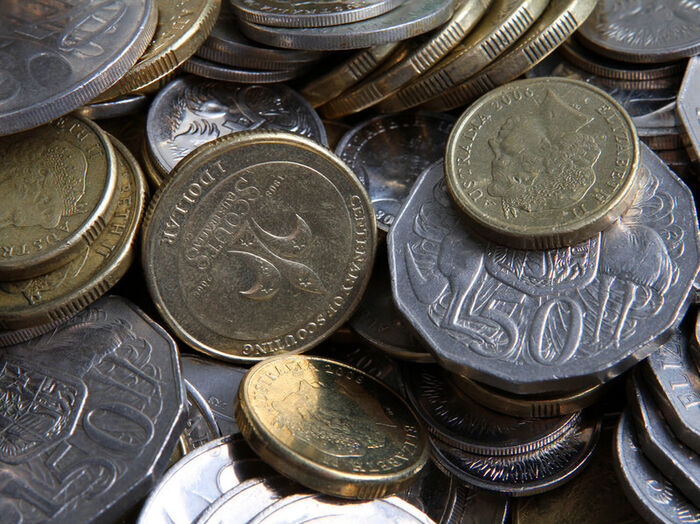
AUSSIE DOLLAR
Our low Australian dollar is attractive to overseas investors and tourists.
Airport numbers show both domestic and international visitors returning to pre-GFC highs and in the case of domestic travellers exceeding those highs which is a great sign for our tourism-dependent economy.
So the Aussie dollar is critical in my opinion to the question of what does the future bear for Cairns.
In many ways, our future determined by our central bank’s view of inflation and in part by global forces.
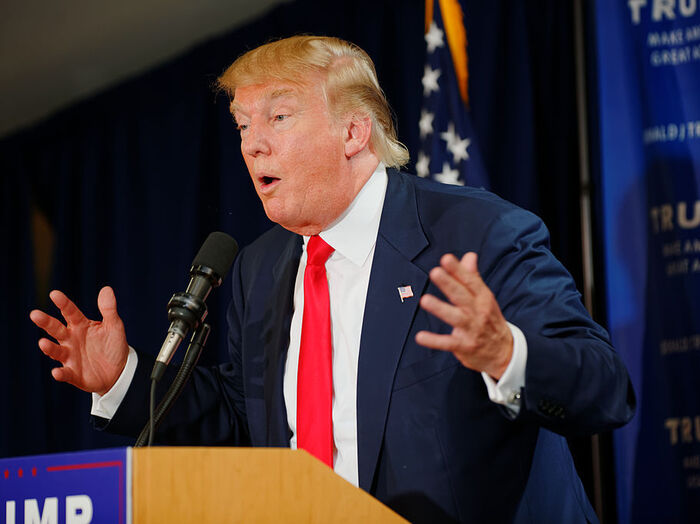
TRUMPONOMICS
As we know, inflation is a measure of economic activity which for the most part to the end of 2016 was sanguine.
However, recently we have seen signs of resuscitation in the iron ore, coal, sugar, cattle and other commodity prices.
For this to continue we need to see global demand continue. United States President Donald Trump has promised to build a better USA which will be a positive for our commodities.
But – and this is a big but - the sting in the tail is what happens to the US dollar.
President Trump is on record as stating that the US dollar is too high compared to international currencies.
If the US dollar falls, that implies that the Australian dollar may rise.
Given that commodities are mostly priced in US dollars that would suggest a more expensive commodity.
In turn, should the Australian dollar rise then that would put pressure on our tourists.
The challenge for smarter people than I is how the engines of world growth deal with currencies.
I won’t even begin to comment on Europe which for now has been relegated to the sports pages with all focus on the United States. I will say that there are political troubles and EU wobbles, but we are seeing economic growth in Germany and other leading Euro economies. Let’s call them green shoots.
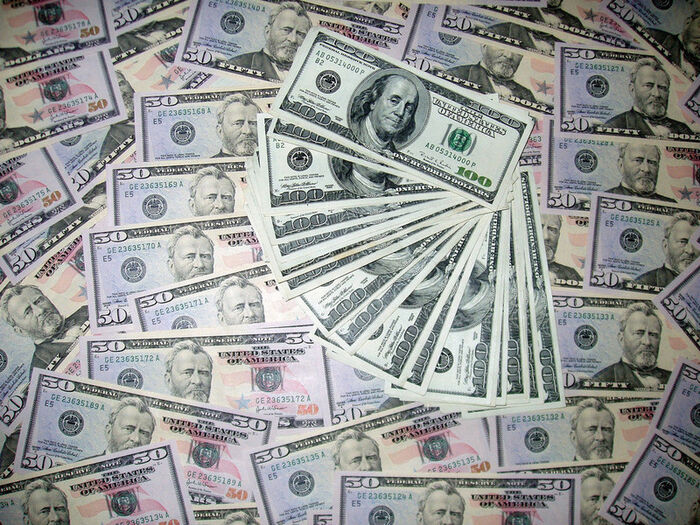
IN THE KNOW
As Sir John Templeton once said: I only know what I know and do not know what I don’t know.
I know that these are early days for President Trump and we do not know which of his policies will or won’t be enacted, much less predict those policies that will be positive or negative to the global economy.
The United States added 227,000 new jobs in January to mark the best result in four months, and while the unemployment rate ticked up to 4.8 per cent this was because the participation rate rose as more people decided it was worth looking for a job again.
Wage growth was an anaemic 0.1 per cent.
There was a risk that such a “beat” on new jobs could put upward pressure on wages and thus inflation, leading the Fed to raise rates more rapidly than previously assumed and pushing up the US dollar, the strength of which is acting as a headwind for US exporters and multi-nationals.
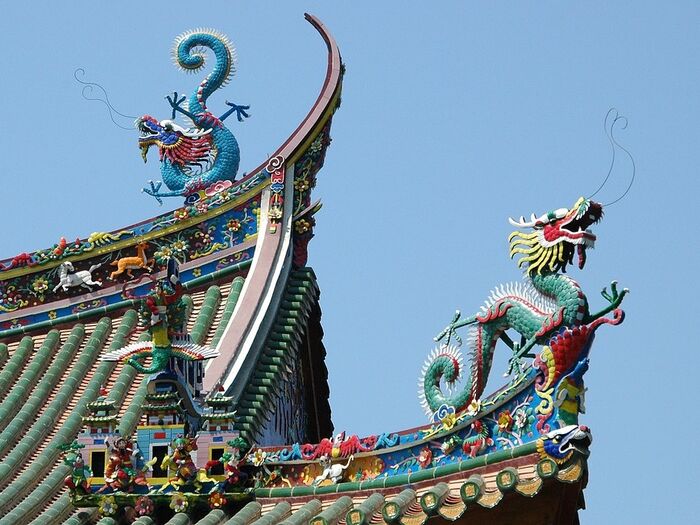
CHINA'S MOVE
Closer to home, the People’s Bank of China announced a hike for its benchmark seven-day interest rate (closest equivalent to cash rates elsewhere) by ten basis points to 2.35 per cent.
The rate had not moved from 2.25 per cent since October 2015 and this is the first move up in rates in six years.
Suddenly, and without warning, China is in tightening mode.
The assumption is Beijing is acting to stem China’s worrying pace of debt growth. China’s December quarter GDP came in at 6.8 per cent against 6.7 per cent forecast but that’s no reason to hike rates.
The response in the Australian stock market was swift.
Tighter lending conditions imply lower demand for commodities. Traders took that money out and put it into the defensive industries.
China’s move also took a bit of wind out of the Aussie dollars recent run, but only briefly.
Speaking on the subject of debt, the entire system is awash with cheap money and large government debt. I do not see an end to cheap money or stimulus any time soon, nor do I know the solution to how these governments will pay back this debt.
The answer lies in years to come and not in the next 12 months.
In short, I am optimistic about the local economy whilst I remain cautious of the global economy as we sail uncharted waters under Captain Trump.
John Mlikota is Senior Investment Manager and Director at Independent Capital Advisers.


